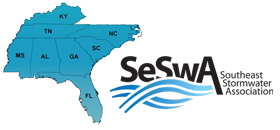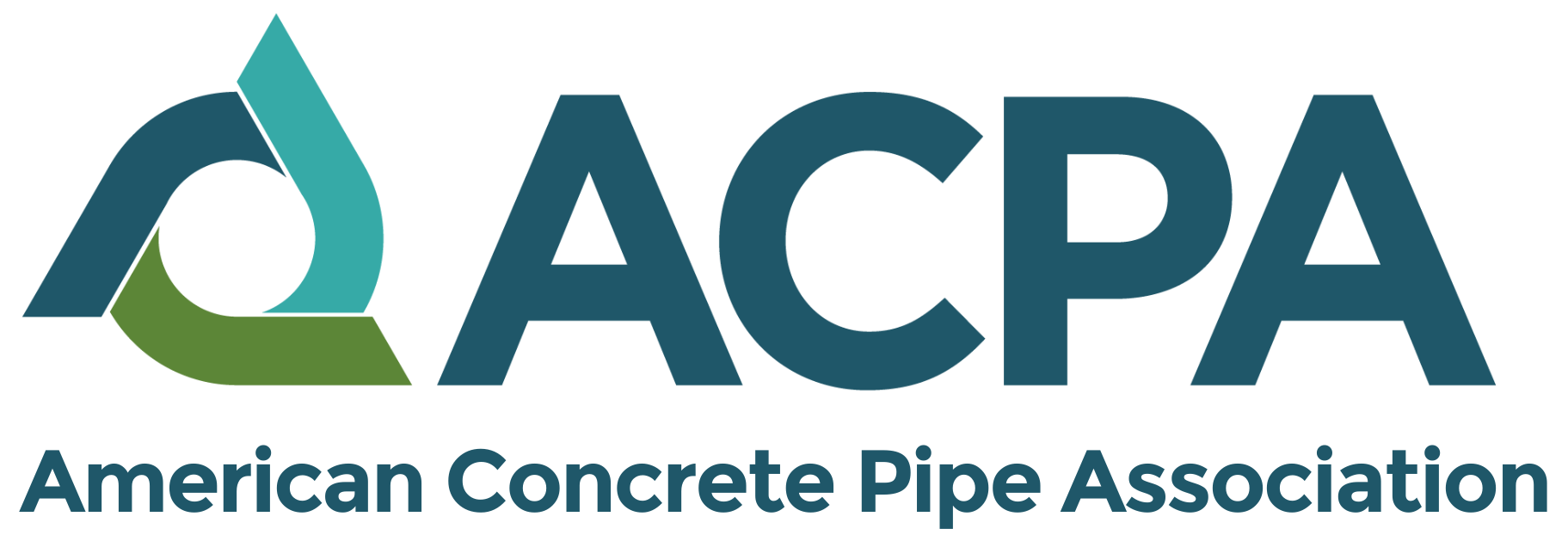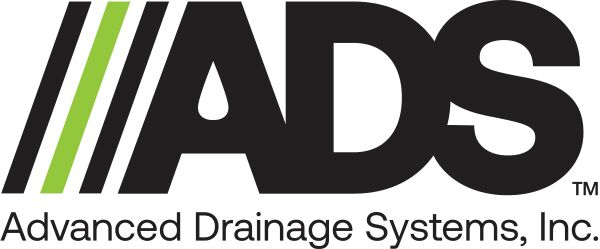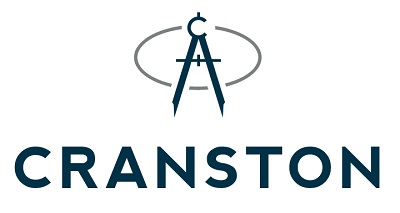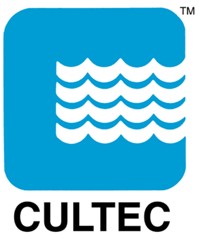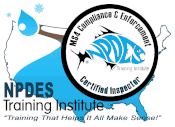September 2023, Volume 18, Issue 5

TABLE OF CONTENTS
President's Corner
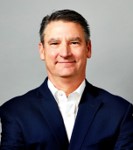
SESWA Members,
Thank you for your continued support and dedication to the protection of our most important natural resource: water.
Next week is the 18th Annual Regional Stormwater Conference in Hilton Head, SC. The Annual Conference is paramount in our mission to serve the membership and protect the public and the environment. After all, SESWA’s Mission statement is “To assist stormwater professionals in the Southeast as they seek solutions to surface water quality and stormwater management challenges.”
New this year is a hands-on Public Education Workshop led by Julie Berbiglia, City of Nashville, TN and John Butler, Gwinnett County, GA. On Thursday, Keriema Smith Newman, EPA Region 4, will kick-off the conference and presentations covering a wide range of topics will be made. It is my opinion this year’s conference reflects the transitioning or maturing of the stormwater practice to move away from water quality and flooding (stormwater management) being an “either or” situation but more of an integrated approach to address multiple challenges through a single project or suite of projects. The conference agenda not only contains presentations on how stormwater professionals approach specific problems but also has several programmatic-oriented presentations. A couple examples are mitigation programs, mapping programs, and overall stormwater utility. But that is not all! The Exhibit Hall will be full of very knowledgeable resources that have the newest angle on applying cutting edge technology and approaches to seek out the best solution!!
The number “18” is considered a milestone age for some – like having the privilege to vote. It is associated with reaching a new level of maturity. I have not been with SESWA since the very beginning but what I have seen since joining this awesome association is we continue to listen, learn, and mature – because it is a journey. I am looking forward to seeing you next week (sorry to those that are not able to attend), please travel safely!
Dave Canaan
SESWA President
AECOM
Back to the top

As a follow up to the SESWA Spring Seminar on resiliency, the Association’s Stormwater Policy Committee is preparing a series of articles focused on different issues related to climate change and stormwater. A total of six articles will be prepared throughout the year, each on different topics. The approach will be to interact with stormwater program managers and other stormwater professionals to get their input on each topic area. The articles will be accompanied by poll questions, Community Forum posts, and LinkedIn notices to gain additional input from the SESWA community. The information gathered will be combined into reference materials that will be shared with SESWA’s membership.
Resiliency: Inland & Coastal Modeling
Reported by Steve Peene, Geosyntec Consultants, and Damien DiVittorio, Columbia Engineering
SESWA Stormwater Policy Committee Members
Climate change is a major threat to both coastal and inland communities in the southeastern United States. There are multiple ways to assess flood risk through various modeling and data analysis approaches. As we all look to better understand risk for future planning, the following briefly discusses approaches for inland and coastal community stormwater system modeling.
Inland communities, especially in the Southeast, are being affected by the changes in climate and weather patterns, with more frequent and severe flooding and extreme weather events. To address these challenges, hydrologic and hydraulic (H&H) models such as HEC-RAS (1D & 2D), PCSWMM, and Autodesk Infoworks Integrated Catchment Model (ICM) are useful tools. These tools have varying costs ranging from free (HEC-RAS) to more expensive proprietary options. Note PCSWMM is approximately 1/10 the cost of ICM annually. HEC-RAS is commonly used for simulating streams and river system hydraulics and floodplain mapping using 1D and 2D models. PCSWMM uses the EPA Stormwater Management Model (SWMM) computational engine and is a coupled hydrologic and hydraulic (H&H) model; however, it does not have true 2D modeling capabilities (some describe it as 1.5D). In 2014, a new add-on was released for EPA SWMM. The Climate Adjustment Toolkit which enables models to be extended with location-specific data from the World Climate Change Programme. ICM provides H&H, true 2D, coupled surface and pipe network flows modeling.
While traditional design storm modeling falls short in the assessment of climate change scenarios there are several approaches that can be used to improve H&H modeling for climate change including: continuous rainfall simulations using updated rainfall projections, stochastic storm translation, or adjusting outdated Atlas 14 rainfall data. These methods can help communities model scenarios like roadway overtopping, scour, riverbank erosion, pinpointing areas, and infrastructure at risk.
Coastal communities face additional unique flooding threats. These include storm surge, tidal or sunny day flooding, and compound flooding. One of the most significant threats to infrastructure for planning in coastal areas are storm impacts, including surge and waves. This threat is further exacerbated by the effects of climate change, i.e., sea level rise (SLR), more frequent and intense storms. While FEMA has developed detailed maps that quantify areas of inundation, they are only based on present sea level conditions and storms. Therefore, FEMA risk maps are not valid for the assessment and development of resilient coastal infrastructure.
A range of approaches and methodologies have been utilized to quantify storm flooding to account for climate change. The most basic approach utilizes present day projections and applies the projected SLR condition (bathtub approach). While highly simplified, in certain situations, this approach has been shown to provide reasonable results. See links below to view FEMA data along with information on surge conditions. This approach is often supplemented by accounting for potential changes in wave conditions due to increased depths using models such as WHAFIS or SBEACH. Direct modeling of future SLR surge conditions can be accomplished using numerous modeling tools. A model used by FEMA is the ADCIRC model. Other commonly used data are based on the NOAA SLOSH model. These models can provide direct simulation of surge conditions under future SLR and storms. See links for FEMA (Flood Map Service Center Search / Mapping Information Platform), surge information (Coastal Hazards System, V2.0 / NHC Storm Surge Risk Maps) and NOAA (SLR Viewer / Data Access Viewer)
Incorporating these modeling approaches into Master Plans and Capital Improvement Plans (CIPs) is key to building community resilience. Master Plans can include new zoning rules to limit building in flood-sensitive areas. Meanwhile, CIPs can set aside funds for specific projects, such as upgrading stormwater systems or constructing flood barriers. Incorporating a changing climate into H&H or surge models will inform Master Plans and CIPs; allowing inland and coastal communities to take proactive steps to reduce the risks. This data-driven approach enables communities to prepare for, rather than simply react to, potential disasters, enhancing their resilience and long-term sustainability.
Back to the top
SESWA's Annual Conference
The conference is sold out and we’re expecting a full house for SESWA’s 18th Annual Regional Conference. In addition to two days of stormwater-focused education, the conference will feature a number of exciting opportunities for participants to get engaged.
Stormwater Public Education & Outreach (Hands On) Session – This session will demonstrate the value of a good outreach and education program, including evaluation methods and tips on meeting MS4 permitting requirements and benefits to other stormwater goals. This hands-on learning experience will allow participants to visit destinations around Hilton Head Island.
Service Project – SESWA is excited to offer its second Stormwater Service Project this year! Participants will be bagging recycled oyster shells to be used in shoreline protection and artificial reef projects around Hilton Head Island. The Service Project will take place near the Coastal Discovery Museum. A special thanks to the Outside Foundation and the City of Hilton Head Island for supporting this effort!
Networking and Innovative Stormwater Products and Services – All attendees are invited to network and explore the latest technologies in the Exhibit Hall. The Exhibit Hall will be open all day on Thursday so be sure to visit the Exhibit Hall during the breaks and Welcome Reception. SESWA would like to thank this year’s exhibitors and sponsors for their continued support of SESWA and the stormwater community.
Back to the top
SESWA Elections and Board of Directors Nominations
We’re looking for dynamic leaders committed to guiding the continued success of the Association! Elections will be held in October to fill vacancies on the SESWA Board of Directors. This is a chance to help lead the association dedicated to furthering the stormwater management profession and water quality improvement programs in the Southeast. Your organization must be a member of SESWA to serve in a leadership position. Please submit your nomination form by September 29, 2023 to have your information included on the Board Elections page. Visit the Election page to view current nominations. After September 29th, nominations must occur at the Annual Meeting. Click here to complete a Board of Directors Nomination form and get started!
Mark your calendars for the Southeast Stormwater Association’s Annual Membership Meeting this October held in conjunction with the Annual Conference in Hilton Head Island, SC. Join us on Thursday, October 5, 2023 from 4:40 p.m. - 5:15 p.m. Eastern to elect SESWA’s 2023-24 Board of Directors and Officers. Only members can vote but everyone is welcome to attend! All SESWA members received a detailed elections memo earlier this month.
Back to the top
Be a Part of Something Great - Join a 2023-24 SESWA Committee!
SESWA members are encouraged to serve on one of the Association's four programmatic committees: Communications, Conference & Education, Membership, or Stormwater Policy. Volunteering to serve on a committee is a great way to become more involved in SESWA. Sign up to join a committee today to have a say in your Association's programs and to network with other stormwater professionals throughout the Southeast. Committee re-appointments are not automatic! Whether you wish to return to a committee or be appointed for the first time, you must complete a Committee Request Form. The incoming President will be making appointments by early November.
Back to the top
 Stormwater Awareness Week 2023 – How Did You Celebrate? Stormwater Awareness Week 2023 – How Did You Celebrate?
This week we promoted Stormwater Awareness in the Southeast. Please share activities and events that your organization implemented or that took place in your area in the SESWA Community Forum. Also take a look at how your fellow SESWA members promoted the week using Voices of Stormwater videos and view more details on the Stormwater Awareness Week website.
Back to the top
SESWA Members – You Can Search SESWA’s Resources Online!
Are you looking for resources on stormwater topics? Visit SESWA’s website and search resources including conference/seminar presentations, recordings, SESWA Community Forum articles, and more. Here’s how in three easy steps:
- Go to SESWA.org
- Look for the “Search our site...” box at the top of the page.
- Type in your search topic and press “enter.” See sample search results below.
Members Can Maximize Results by logging into their profile first. Be sure to check the “Pages” and Community “Forum” boxes as shown below to access all member-only resources.
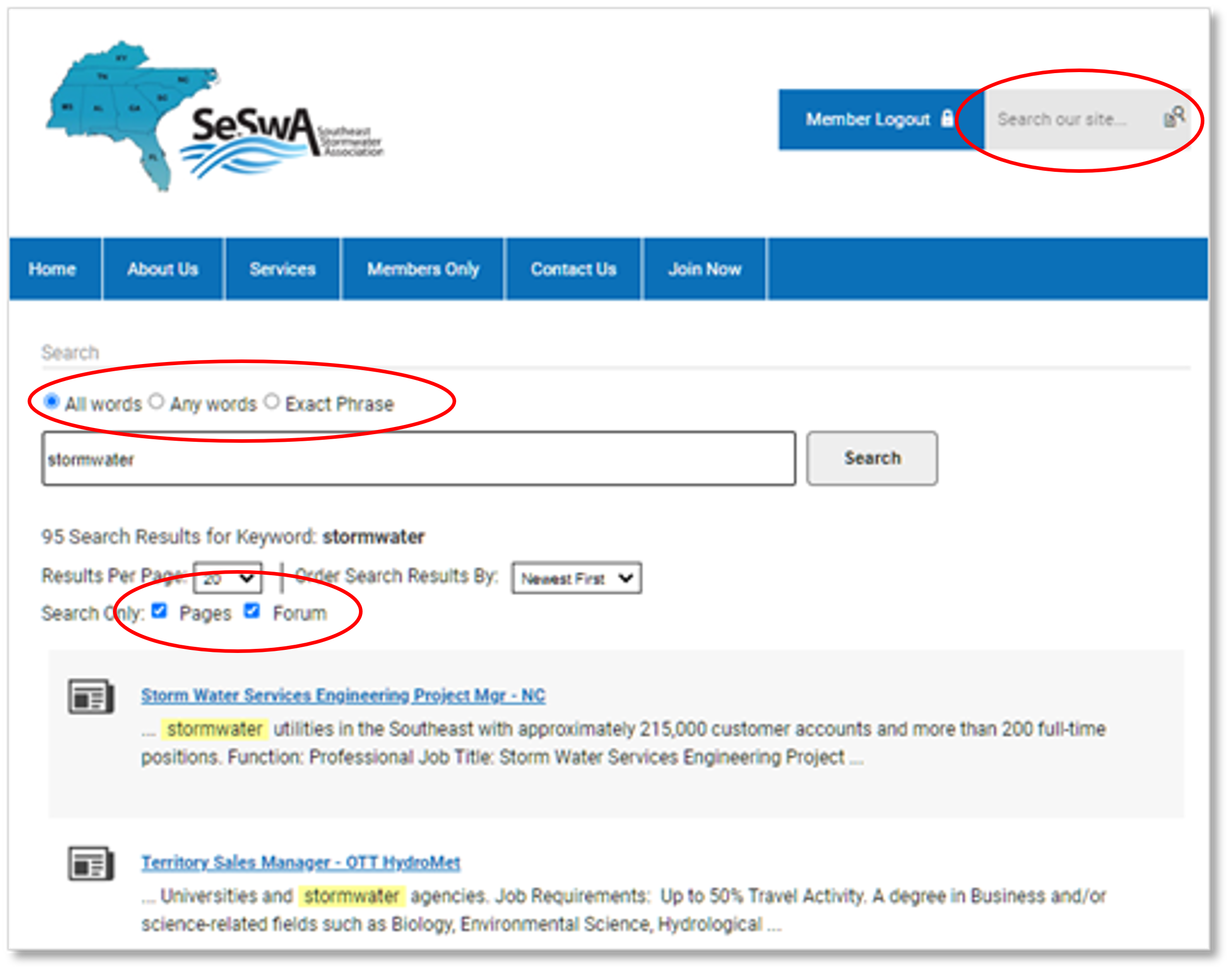
Back to the top
WOTUS Update
Kevin Coyne, Regulatory Affairs, SESWA
On August 29th, the U.S. Environmental Protection Agency (EPA) and U.S. Army Corps of Engineers (USACE) released a final rule to amend the “Revised Definition of ‘Waters of the United States’” rule, which was published in the Federal Register in January 2023. This revised final rule (referred to as the “conforming rule”) updates WOTUS to comply with decisions made by the U.S. Supreme Court ruling on the Sackett v. EPA case. The conforming rule, which became effective on September 8th, removed key components of the significant nexus test which were deemed invalid based on the Sackett case decision. The Sackett case decision along with this revised conforming rule may finalize some of the federal pieces of this long going topic, we should consider that an environmental or industry group may move forward with litigation that could again stall this rule making effort. The federal agencies noted the conforming rule was released to better define and clarify jurisdictional control of wetlands not directly connected to navigable waters. That said, this new rule still leaves some questions on how states can ultimately define and interpret wetland designations, a topic that most states will probably discuss during their next legislative sessions. Some states in the region, like North Carolina, have moved forward to limit wetland permitting decisions beyond the federal scope. Florida has already started this conversation at interim legislative committee meetings. Some states may be already following the federal guidelines and scope, but for others that go beyond the guidelines, restrictions or limits may be put in place that could impact regulatory and permitting decisions.
Back to the top
Tips on Being Stormwater Smart with Communications and Engagement
Ariel Bushel, City of Raleigh, NC
When planning public meetings and events, it’s crucial to know your target audience and communication tools to maximize attendance. Here are some tips that can increase public engagement:
-
Identify Your Tools
Create a simple communications outline for how you will advertise your event. Some common communications tools include email, postcards or letters, social media, the NextDoor App, and yard signs. Collaborate with other departments so they can share and amplify your messaging.
-
Strategize Location and Time
If you want to connect directly with the public, use locations where that audience may frequently convene. For example, set up a tent at a community center with an afterschool program to catch parents as they are picking up their children. Having multiple smaller meetings may be more effective than one large meeting.
-
Utilize External Organizations
Ask local organizations, like HOAs, congregations, environmental groups, professional organizations, and alumni Greek organizations, to either host or spread your event information.
-
Promote Incentives
Do you have access to creative and fun activities? Highlight that activities or snacks will be provided! For example, a popcorn or cotton candy machine, a spinning wheel with prizes, or a stormwater trivia game can entice the public to attend.
Back to the top
Building our Future Workforce: Early Signs of Success
John Butler & Rachel Jones, Gwinnett County, GA
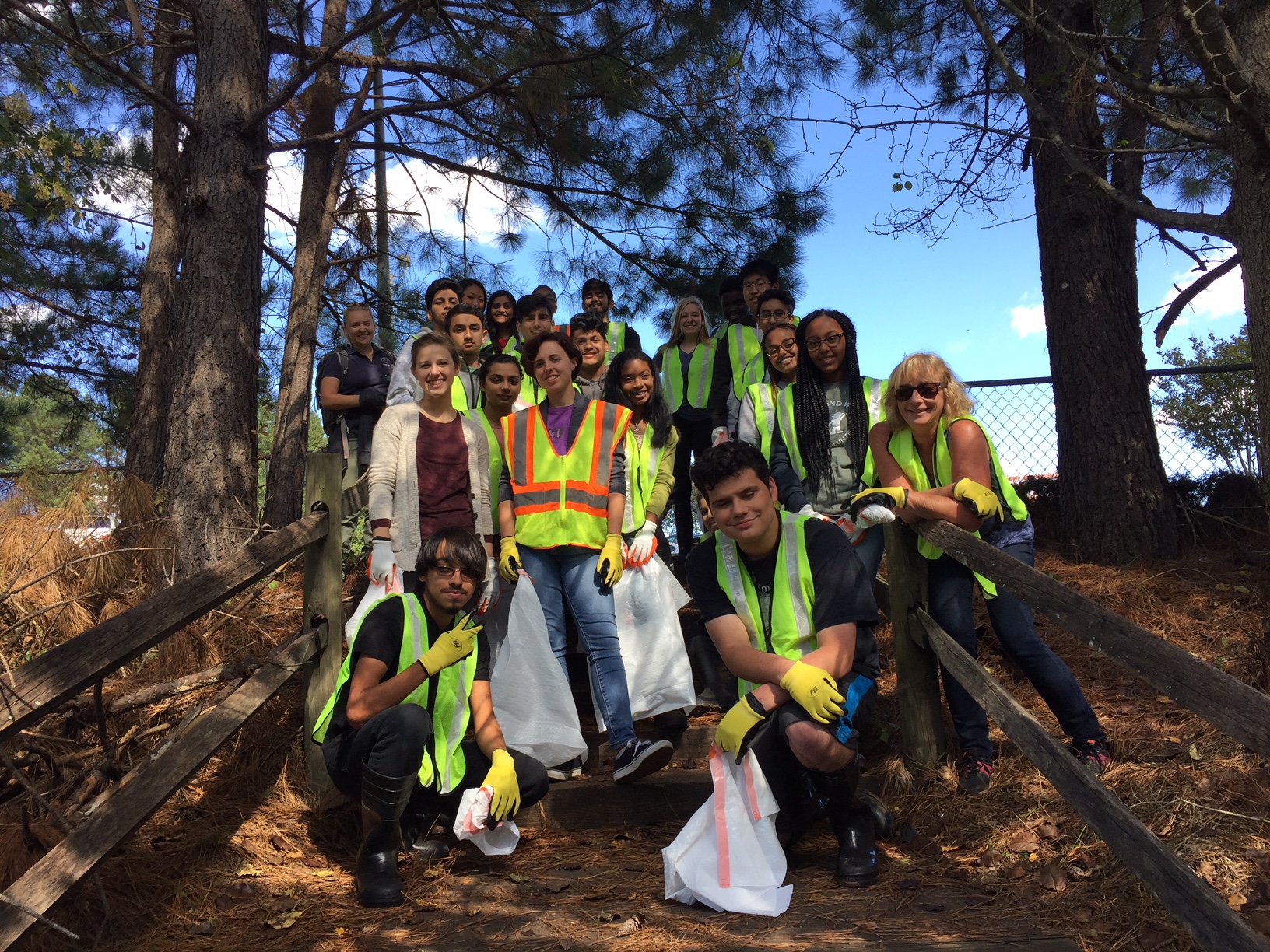 Gwinnett County’s Watershed Improvement Program completes projects throughout the County to improve the quality of surface waters. These include stream restoration projects to address bank erosion and green infrastructure retrofits to address water quality and quantity issues. One award-winning project completed at Parkview High School restored a segment of a stream channel adjacent to the school and installed green infrastructure to manage stormwater from a very large impervious area before it entered the restored stream reach. As part of the project, the County worked with the school to create a student organization that would be educated about, and involved in, the planning, construction, and stewardship of the Gwinnett County’s Watershed Improvement Program completes projects throughout the County to improve the quality of surface waters. These include stream restoration projects to address bank erosion and green infrastructure retrofits to address water quality and quantity issues. One award-winning project completed at Parkview High School restored a segment of a stream channel adjacent to the school and installed green infrastructure to manage stormwater from a very large impervious area before it entered the restored stream reach. As part of the project, the County worked with the school to create a student organization that would be educated about, and involved in, the planning, construction, and stewardship of the 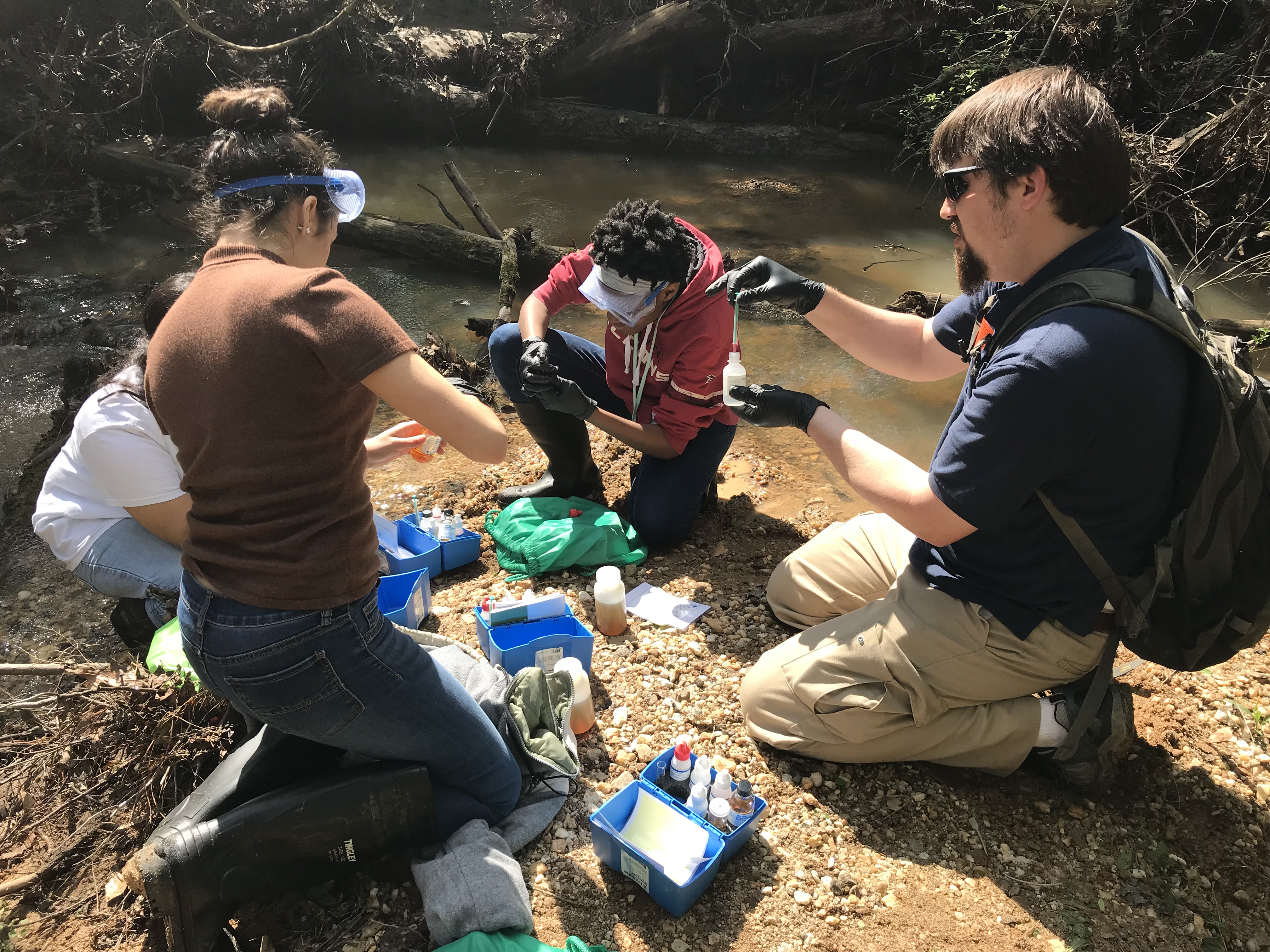 project after completion. Recently, one of the original “Garner Creek Ambassadors” who had moved on to Georgia Tech for college, chose a Gwinnett County-sponsored watershed improvement project offered as a Senior Capstone Design project. Her team’s project ended up winning first place in a design competition from the Georgia Association of Water Professionals and was invited to compete in a national competition at WEFTEC. This story demonstrates the often-overlooked benefit of education and outreach programs leading to the development of our next generation of stormwater professionals. The stormwater seed we plant while interacting with students of any age could very well grow into the next SESWA president! project after completion. Recently, one of the original “Garner Creek Ambassadors” who had moved on to Georgia Tech for college, chose a Gwinnett County-sponsored watershed improvement project offered as a Senior Capstone Design project. Her team’s project ended up winning first place in a design competition from the Georgia Association of Water Professionals and was invited to compete in a national competition at WEFTEC. This story demonstrates the often-overlooked benefit of education and outreach programs leading to the development of our next generation of stormwater professionals. The stormwater seed we plant while interacting with students of any age could very well grow into the next SESWA president!
Back to the top
No More Boring PPMO Training
Sarah M. Donaldson, Lexington-Fayette Urban County Government, KY
For the 2023 Pollution Prevention for Municipal Operations (PPMO) training, the Lexington Fayette Urban County Government created and implemented a quiz style interactive game format for a portion of the training to both test employee's knowledge and make the training more fun and interactive.
Using Microsoft PowerPoint TM as the platform, a quiz board with various categories was created to bring in elements of stormwater pollution prevention training across multiple city divisions. Categories included Vehicles and Equipment, Streets and Properties, Lawn Maintenance, Waste, Chemicals and Construction. Within each category, ten questions were created related to the subject area and stormwater. While the quiz board appears very similar to a Jeopardy style game board, the actual questions were provided with multiple choice answers (rather than fill in the blank). The city purchased game style buzzers for teams to buzz in with the correct answers and the moderator divided attendees into competing teams.
After the correct answer is revealed, a “Good to Know” section appears on the question/answer slide to provide a teaching opportunity for each question. The quiz style format provides an opportunity for employees to engage in the training and show some of their competitive spirit. Employees who have filled out a post training evaluation survey have given the format the highest marks on 100% of the survey forms.
Back to the top
What is the STEPP Program?
Lisa Simms, Oldcastle Infrastructure
The purpose of Stormwater Testing and Evaluation for Products and Practices (STEPP) is to develop and promote a national testing and verification program for stormwater manufactured treatment devices and traditional non-proprietary treatment practices. The Water Environment Federation (WEF) is the organization that initiated the conversation about the need for a program like STEPP and the Environmental Protection Agency (EPA) provided some of the early funding for the program. The committee working on the STEPP program is comprised of producers of manufactured treatment devices, specifiers, academics and researchers, as well as regulators. The STEPP program has partnered with the American Society of Testing & Materials International (ASTM) to develop and maintain test standards. In response, ASTM has formed a new standards committee called “E64 - Stormwater Control Measures.” The STEPP program will verify that evaluation data is collected in conformance with ASTM standards and is accurate and representative. Finally, the STEPP program will assist local jurisdictions with data interpretation and applicability so that the agency can certify systems that meet their permit requirements.
Back to the top
NACWA Corner
Provided by the National Association of Clean Water Agencies
Emily Remmel, Senior Director of Regulatory Affairs
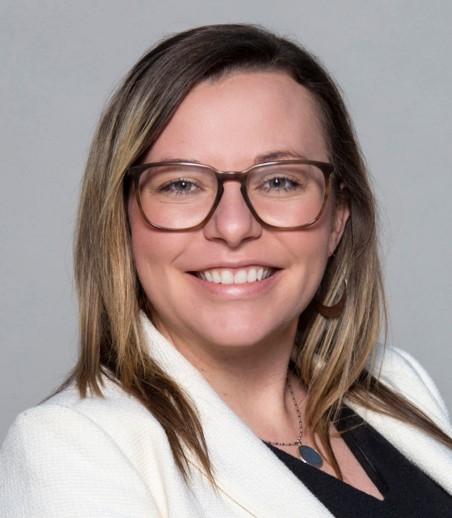
With the Fall Cool Down Approaching, Expect PFAS Actions to Sizzle into the Winter
After this year’s record heat dome plaguing much of the country, the fall months ahead will offer a welcome reprieve from the heat. While sipping a pumpkin-spice latte and leaf peeping, conversation in the clean water world will inevitably turn to: what’s new on the PFAS front? Well, quite a lot.
This fall, the clean water and stormwater management community should be prepared for a deluge of PFAS happenings at the federal regulatory level. The U.S. Environmental Protection Agency (EPA) is preparing to release its Fall Regulatory Agenda which will outline its efforts ahead on PFAS, but the Agency also has several other PFAS initiatives in the hopper to release.
First, the analytical method for detecting PFAS, Method 1633, is nearly complete and moving through the multi-laboratory validation stage. This method can detect 40 different PFAS chemicals across aqueous, solid, and tissue samples, including wastewater, surface water, biosolids, and landfill leachate. EPA plans to finalize the report before the end of the calendar year and will then begin the regulatory process for promulgating this method into the Clean Water Act (CWA) Part 136. Once finalized and a CWA-approved method, it will carry the full compliance requirements and enforcement weight of the National Pollution Discharge Elimination System (NPDES) permit program.
EPA is also preparing to propose adding PFAS monitoring and testing notification requirements to the NPDES appendix reporting form. Once finalized, it will require new permittees to begin using Method 1633 to test quarterly for PFAS in influent, effluent, and biosolids—a nod to EPA’s December 2022 Memo recommending state permit writers begin considering sampling in NPDES permits. Although this is likely a year or two from becoming a reality, the clean water community should be aware and prepare that required sampling for PFAS is coming, and sampling may even spill over to the MS4 world at some point.
A full year has passed since EPA published its proposed CWA aquatic life criteria for PFOA and PFOS, and the final rule is imminent. Initially, the proposed criterion values were likely not going to impact most municipal clean water dischargers. However, EPA stated during the 2023 Water Week regulatory priorities roundtable that new scientific information warrants a lowering of the initial acute and chronic values. It is unclear what the new values will be. EPA will reveal the new criterion numbers and justification when it finalizes the rulemaking this year, but the Agency does not have to re-propose the rule – which is another reason why the regulatory reforms NACWA is pushing are so important.
The full Science Advisory Board (SAB) recently reviewed the ad hoc biosolids panel’s draft report of EPA’s proposed biosolids screening tool and risk assessment framework. It is anticipated that the full SAB will consider the recommendations put forth by the ad hoc group and not make substantial changes in what it forwards to Administrator Regan as a final report. Once the screening tool is finalized, EPA will begin using it to screen pollutants and consider which chemicals rise to the level warranting a full-blown probabilistic risk assessment – PFOA and PFOS will be assessed first.
Lastly, EPA has vowed to publish an update to its 2020 PFAS interim disposal and destruction guidance. It is not likely to contain a remedy to the clean water sector’s PFAS concerns, but it will hopefully contain updated information on state-of-the-art destruction techniques and technologies that are on the market or in beta testing.
Contact: Emily Remmel, NACWA’s Senior Director of Regulatory Affairs, for more information.
Don't see news from your state?
Please contact us with your news or share your comments on our newsletter by emailing us at [email protected]. |
